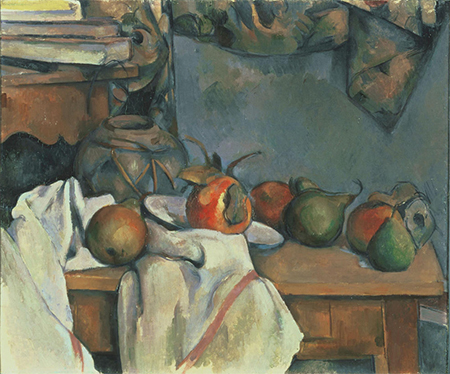
Continuing through August 13, 2017
A selection of more than seventy masterpieces from the Phillips Collection in Washington, D.C. presents a great opportunity to see first hand a number of the masterworks that shaped American ideas about Impressionism and Modernism. Duncan Phillips opened his home to the public in 1921, making what was then known as the Phillips Memorial Art Gallery the first museum in the U.S. devoted to modern art. “A Modern Vision" starts with late nineteenth century art as a précis to Modernism, proceeding chronologically through the galleries of the Renzo Piano Pavilion.
Phillips’ was reputed to have an extraordinary eye for quality, and the pieces on view here bear this out gracefully. From an amazing Cézanne still life with apples and landscapes that points the way toward cubism, to Pierre Bonnard’s intimate renderings of domestic scenes in dreamlike compositions typical of his association with the Nabis group, not one painting disappoints. All of the pieces feature recognizable imagery from key artists in their signature styles, such as the German Expressionism of the Blue Rider Group channeled through an early abstraction by Kandinsky in "Automne II” (1912). Or Van Gogh’s unmistakable brushstrokes in the green and yellow dominated "Road Menders” (1889). The last section has several middle period cubist paintings by Georges Braque. One, "The Round Table" (1929), depicts visual references to music as an homage to Braque’s friend, the composer Erik Satie. It serves as a reminder that these periods in art history are empty without considering the cultural personalities that populated the times, as well as figures across all disciplines who, as we see in this show, enriched each of the artist’s palettes.
